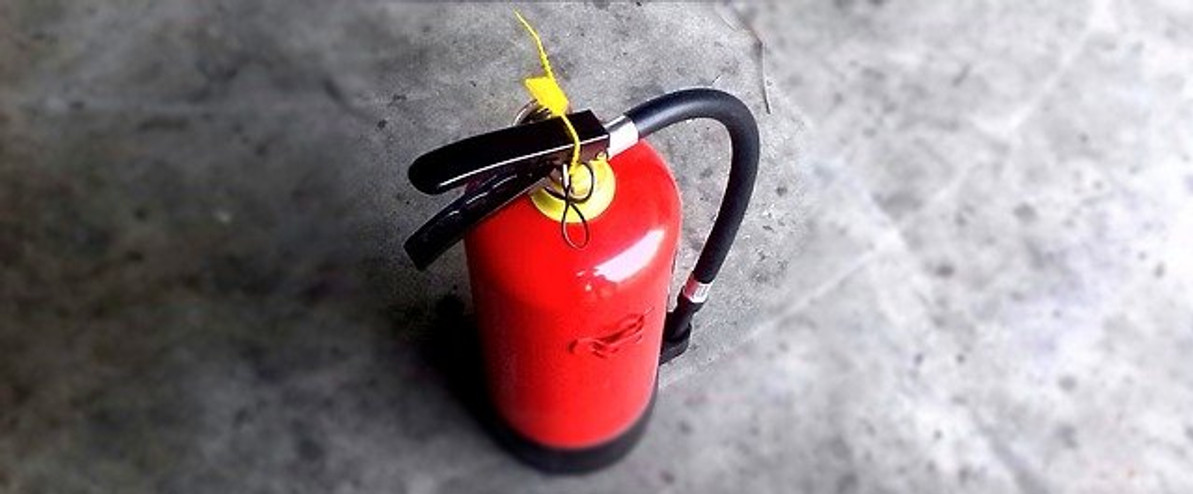The 4 Classes of Fire Extinguishers and How They Differ
Fire extinguishers are essential for all indoor workplaces. Research shows that over 7,000 businesses are engulfed in flames each year. While some of these fires are minor, others are more severe. With fire extinguishers, you can rest assured knowing that your business will be protected from fires. There are different classes of fire extinguishers, however, each of which is designed for a different purposes. Below is a breakdown of the four primary classes of fire extinguishers.
Class A
The most common type, class A fire extinguishers are designed to put out fires involving paper, cardboard and wood. They typically contain monoammonium phosphate. If there's a fire breaks out -- and it's only burning paper, cardboard or wood -- you can use a class A fire extinguisher to put it out. Class A fire extinguishers are inexpensive and readily available at most stores. As a result, millions of businesses use them.
Class B
There are class B fire extinguishers as well. Class B fire extinguishers are a step up from their class A counterparts. While class A fire extinguishers are designed exclusively for paper- and wood-based fires, class B fire extinguishers are designed for flammable liquids. They can put out fires involving flammable liquids. Whether there's gasoline or oil burning, a class B fire extinguisher offers a solution. It will extinguish fires involving flammable liquids such as these.
Class C
For electrical fires, you'll need to use a class C fire extinguisher. Electrical fires are typically more serious than paper- and wood-based fires. They are caused by excess electricity, which causes heat. As too much electricity flows through a wire or device, it will create heat that may manifest in the form of a fire. Class C fire extinguishers are designed to put out electrical fires. Some of them contain the same monoammonium phosphate chemical as class A fire extinguishers, whereas others contain potassium bicarbonate or potassium chloride. All three of these chemicals can safely and effectively put out electrical fires.
Class D
Finally, class D fire extinguishers are designed to put out metal-based fires. Metal-based fires are those that involve burning metal. Certain types of metal can burn. And when they burn, they require the use of class D fire extinguishers to put out. It's important to note that class D fire extinguishers are the only type of fire extinguishers that contain dry powder. The dry powder will coat the burning metal so that it's restricted of fuel and oxygen.
Recent Posts
-
Fire Safety in the Workplace: What You Need to Know
What steps are you taking to prevent fires in your workplace? According to the U.S. Occupational Saf …Aug 23rd 2023 -
Is It Safe to Go Jogging With a Cold Infection?
If you're suffering from a cold infection, you might be wondering whether it's safe to go jogging. T …Aug 22nd 2023 -
5 Safety Tips to Follow When Using a Powder-Actuated Tool
Powder-actuated tools are commonly used to join materials to steel and concrete. Also known as Hilti …Aug 20th 2023




